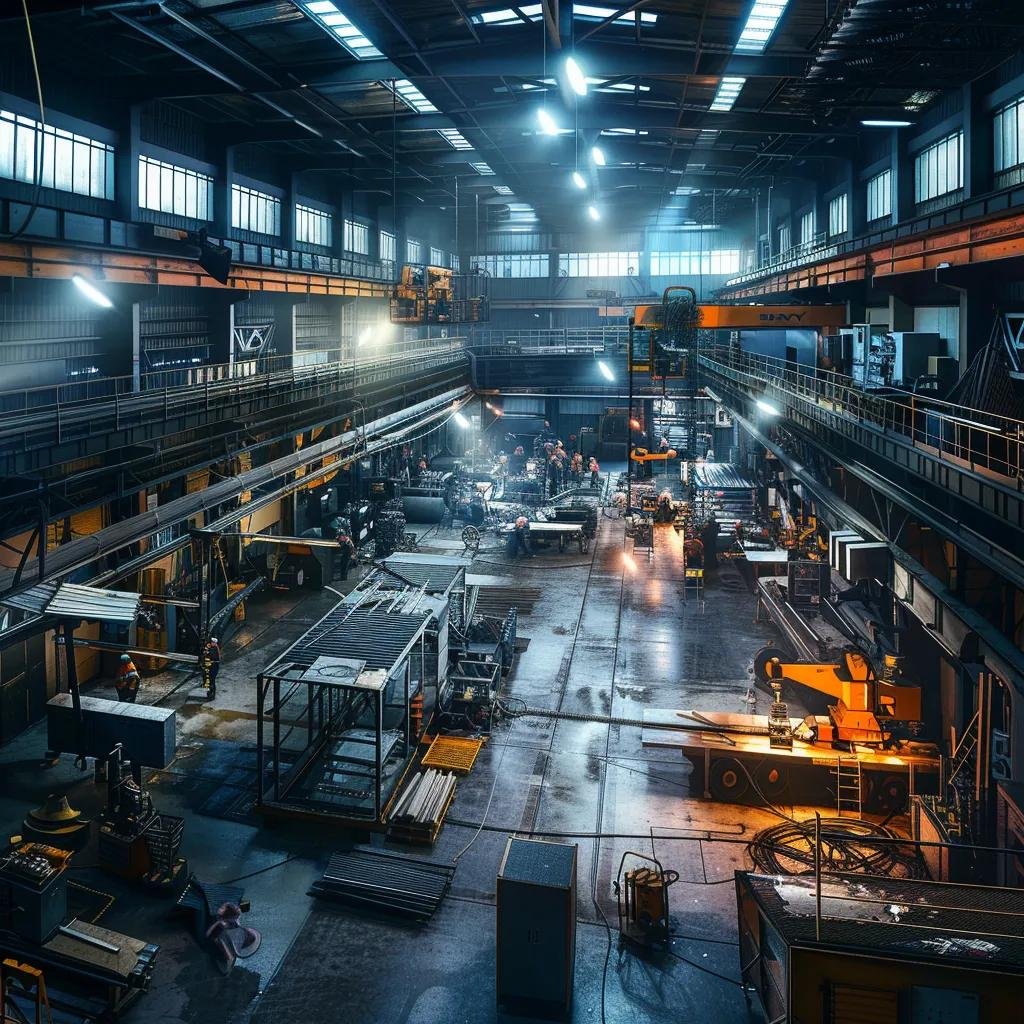Innovative Best Practices for Pipe Welding Safety Standards

Innovative Best Practices for Pipe Welding Safety Standards Best Practices for Pipe Welding Safety You Need Pipe welding is a critical aspect of industrial construction and repair, requiring strict adherence to safety protocols to prevent injuries and ensure the longevity of equipment. In environments where stainless steel, carbon steel, and other alloys are used, […]
Expert Techniques for Metal Fabrication and Welding Services

Master expert techniques in metal fabrication and welding services. Enhance your projects with precision methods that ensure durability and superior results.
